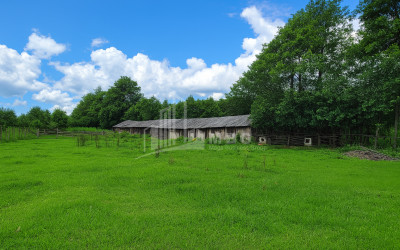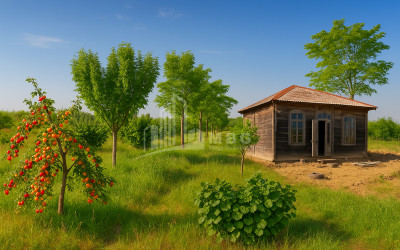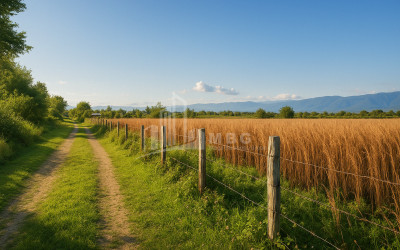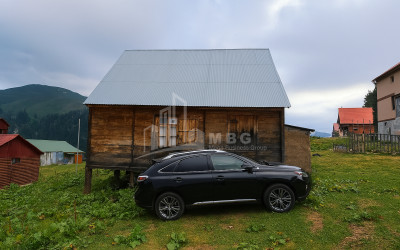Guria
Guria - historical-geographical part of Georgia, part of historical Egrisi. It is inhabited mainly by Gurians. The historical center of Guria is the city of Ozurgeti.
Guria Resorts: »Bakhmaro » Gomismta »Nabeghlavi » Ureki »Shekvetili » Grigoleti
Etymology
- The word Guria was first mentioned in historical sources in the VIII century (735-738), during the Murvan Krush expedition. As the chronicler writes, "Murvan-Krum passed through Guria".
- There is no final and precise opinion about the origin of Toponym Guria. According to Tedo Sakhokia, Guria can mean heart (in Megrelian Guri means heart). Geographically, Guria is located in the middle of western Georgia.
- There are other theories according to which Guria is a country mentioned in the historical sources of Urartu in the VIII century AD. The word "Guria" is mentioned by the same writers in several places, but not as a topic, but as a city.
- According to Nikoloz Berdzenishvili, Guria can be represented from any settlement. Berdzenishvili thinks that the village of Gurianta is like that. According to Marie Brose, Guria may be derived from one of the names of fire worshipers "Guare". According to Niko Mari, Guria celebrates the son of the sun. In Megrelian-Laz, "Gur" means sun, and "Ia" or "Ua" means son, son. Nico Marie also pointed out that "Eger" (Egrisi) is a term with the same root.
- There is a legend about the origin of the toponym, as if King Shedat of India wanted to cultivate Eden and ordered the "Gurians" (beauties) of the whole country to gather together and bring it to him. Gathered from all over the country, the "Guria" traveled to India and were in what is now Guria when they learned of Shedati's death. They decided to settle here.
- The main fields of Guria agriculture were agriculture, viticulture, beekeeping and silkworm breeding. Wine, honey and silk products were exported. In Guria, like Samegrelo, tall vines were common. Many varieties of vines flourished in Guria and a large amount of wine was produced. According to Vakhushti Batonishvili, "wine was kind and concise" was made in Guria. Foreign travelers compared Gurian wine to Burgundian wine. Vine diseases, which spread in the 1850s, almost destroyed the vineyards. The proximity to the Guria Sea facilitated the spread of diseases. Due to this, in the late 1870s, the cultivation of a disease-resistant hybrid, known as "Isabella", began, which replaced the local vine varieties in Guria.
- Common grain crops were ghomi, which was later replaced by corn, as well as legumes: beans, lentils, khanchkola. Flax and cotton were sown. Mechaieoba has become an important part of the region's economy since the 1900s. In 1914, the first tea processing plant was built. During the Soviet period, Mechaeoba became a monoculture that ousted all other pre-existing agricultural sectors. Nuts have become the main agricultural crop since the 1990s.
- In Guria, cattle played a subordinate role, although there were plenty of horses, cows, goats, buffaloes, poultry, and especially many pigs. Sheep were rare due to their climatic peculiarities. The slopes of the Adjara-Guria ridge were covered with forest ridges and hunting played a big role in the economic life of this land. They hunted deer, roe deer, elk, wild boar, bear.
- At the end of the XVIII century and the beginning of the XIX century Guria had trade relations with Imereti and Akhaltsikhe Sapasho. In the foothill villages of Guria, the population was engaged in handicrafts, making wooden utensils and other items. Manufacturing, brick and clay production, metallurgy have been developing in Ozurgeti since the 1840s. In the second half of the 19th century, vodka production was at a high level. During the 19th century, timber production played an important role.
Winemaking
Chkhavri vineyards, company "Iberieli", village Sakvavistke
- More than 50 varieties of aboriginal vines were widespread in Guria. Among them, Chkhaveri, Sakmeela, Mtevandidi, Kamuri, Skhilatubani, Kabistoni, Klarjuli, Jaini (Jani), Pigeon-foot, Orona, Chumuta are especially famous. In 1901, there were 10,289 winemakers in Ozurgeti Mazra. Many vineyards were destroyed by vine diseases, which had raged since 1853. From the second half of the 19th century, the traditional vine varieties were gradually expelled from Odessa by the "Isabella" (so-called Adesa). "Isabella" was introduced to Guria by Theodore Vorontsov-Dashkov in 1844-50 and his first seedlings were planted in Ozurgeti Garden.
- Currently the old, local varieties of vines are almost forgotten. Today Guria is dominated by low Tsolikouri and high Adesa. A wild vine has been found in Guria, which has thin, black grains and thin, small leaves of light color. It is found here and there in the forests of Sur and Nabeghlavi. Evidence of the ancient traditions of viticulture is the toponyms Bakhvi, whose wine was associated with the Greek deity Bakhus, and also the Gurian deity of vines Aguna. In Guria there was a tall vine, which was running on the withered trees. The winepress was made of lime wood. He was carved in the forest and then hung on wooden logs with the name "Elesa". This ritual is called a folk song by Elsa.
- In addition to wine, grape products include vinegar, "fermented sweet" (mash), "janjukha" (churchkhela), tkbiliskveri and felamu. If they do not make chaghvino from chacha, they make vodka. Guria, especially its mountainous part is famous for the so-called "Candle vodka", which is made from honey pine. It is used to make vodka with the best aroma. Chacha vodka is especially popular in Guria. Almost every household in the village has boilers.
- Currently, wine is produced in Guria by the companies "Kakhetian Traditional Winery", "Iberian", "Chosen 1920" and several family wineries.
Architecture Gurian ode-house
- The main type of habitation in Guria is ode, which is typical for the whole of western Georgia. It is a 3-6 room log house with wooden floor and balcony. The four-sided roof of the ode is tiled or plastered. Due to the humid climate, the house is built on wooden or stone poles. The ode was heated by a fireplace. Auxiliary buildings were Samzad, Nalia and others.
Kalanda - Guruli Kalpiani Chichilaki
- In Guria, the New Year was called "Kalanda". It coincides with the day of commemoration of St. Basil the Great. The main attribute of calendula is chichilaki, which is made from a large hazelnut stick. Chichlak is a species of tree of life. It was made on the eve of the New Year from the branches of a hazelnut or Imereti beech and was decorated with curcantel, evergreen ivy, ritual bread, colored ribbons and fruits. Chickpeas were considered to be the giver of fertility and fertility. Chickpeas were kept until they were watered, then burned or soaked in water.
- Shortly before Kaland arrived, the whole family was on their feet. The men would pick up a pig's head, a New Year's wreath, a goblet loaded with New Year's goods, a decorated chichilak, and an empty chaff, and head for the cellar. Upon entering the cellar, the head of the family would silently place Gob on the ground, fill the chap with wine, and kneel and ask St. Basil for the happiness of the family. The assassin would then take a nut from Gobi and beg St. Basil to fill the family with all the goodness like this nut. The walnut was broken, and if it turned out to be empty, which, according to the Gurians, was a cause of misfortune, the assassin again begged the saint not to make the family look like an empty walnut. The procession would then proceed to the house. The killer would knock on the door three times with the words: "Open the door!" They would answer three times from the house: "What do you have?" The killer replied: "Peace, God's mercy, Janjukha, khachapuri, sweets ..." Then he was opened the doors and New Year congratulations began.
- An essential element of the New Year's table is the cold. Christmas cake is a traditional Gurian khachapuri (liver). This is a crescent-shaped khachapuri with boiled eggs. The egg laid in khachapuri was a symbol of prosperity, barracks, family strength and unbreakability. Gurian pie was an essential part of a parent's gift when greeting a married woman. The shape of the crescent was a symbol of strength according to the beliefs of the ancient Gurians.
- Christmas cake was baked on a ketchup, on a red-lit shovel. Boiled eggs were hung or scrambled in the middle of the fire or in the fireplace two days before, stacked on a beaten ketchup and roasted on a spatula.
Sports traditions
- Among the sports traditions of Guria, horse racing, ballet and baseball are noteworthy.
- The Lelo tradition dates back to the Battle of Shukhutferdi. The rules for taking the try are as follows: The ball weighs one foot (16 kilograms). The leather of the ball is filled with straw and sawdust. In the old days, before the ball was sewn to the end, on the eve of Easter, aguna juice was poured into the ball. Aguna is a celebration of Christian wine derived from an ancient pagan ritual. Aguna is a mixture of black wine, honey, pomegranate juice. The winner is the one who crosses the try line with his players.

 ka
ka
 en
en
 ru
ru




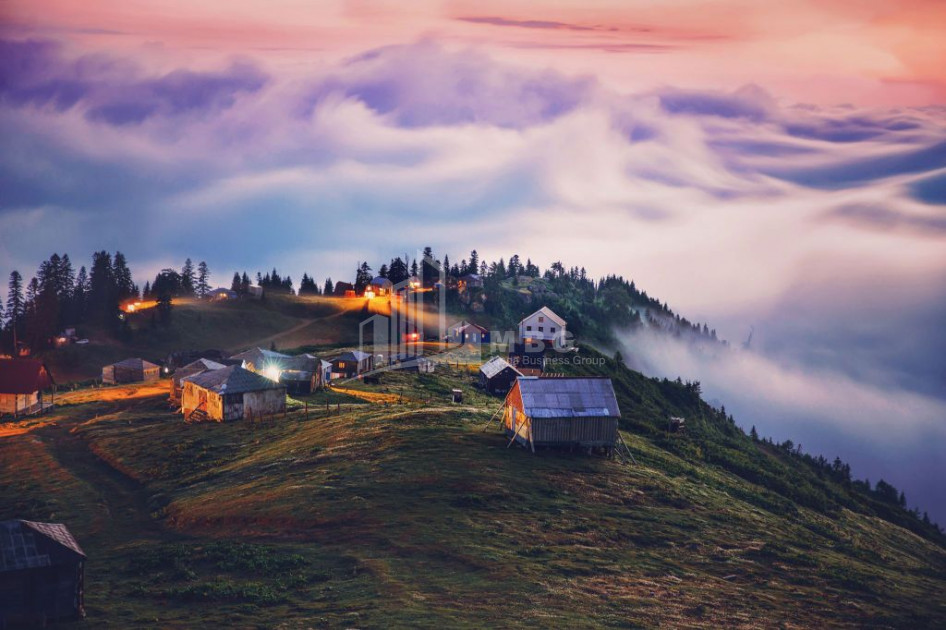
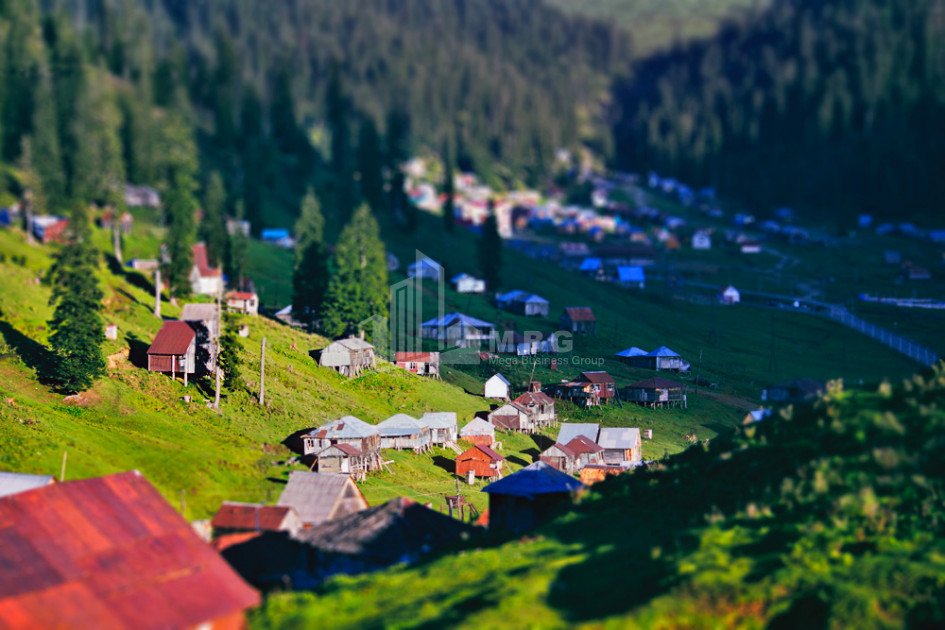

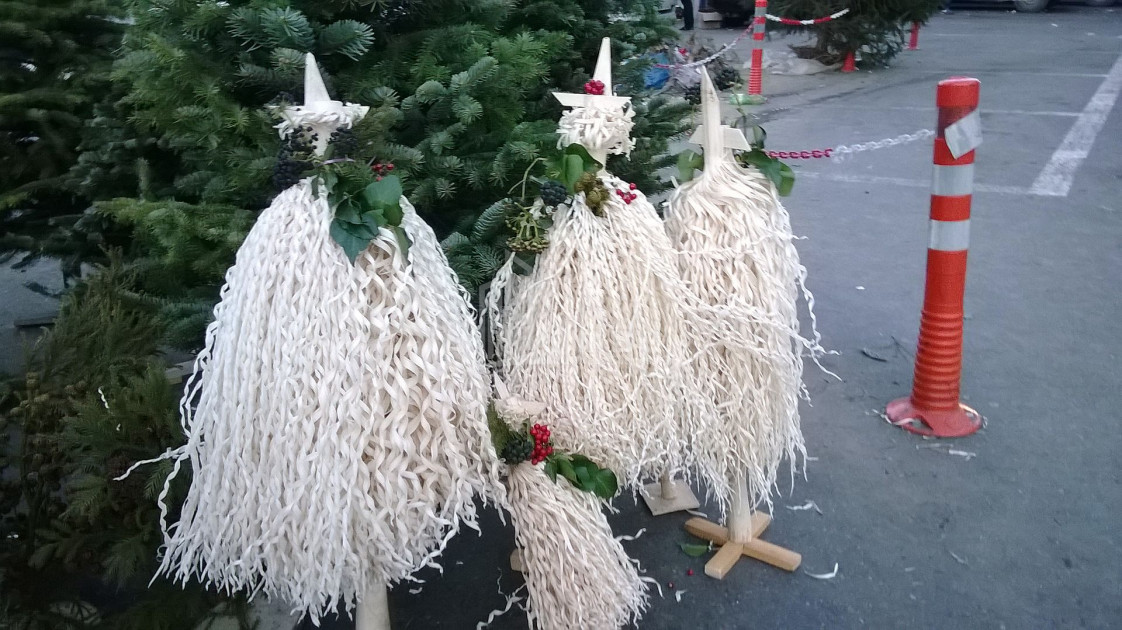
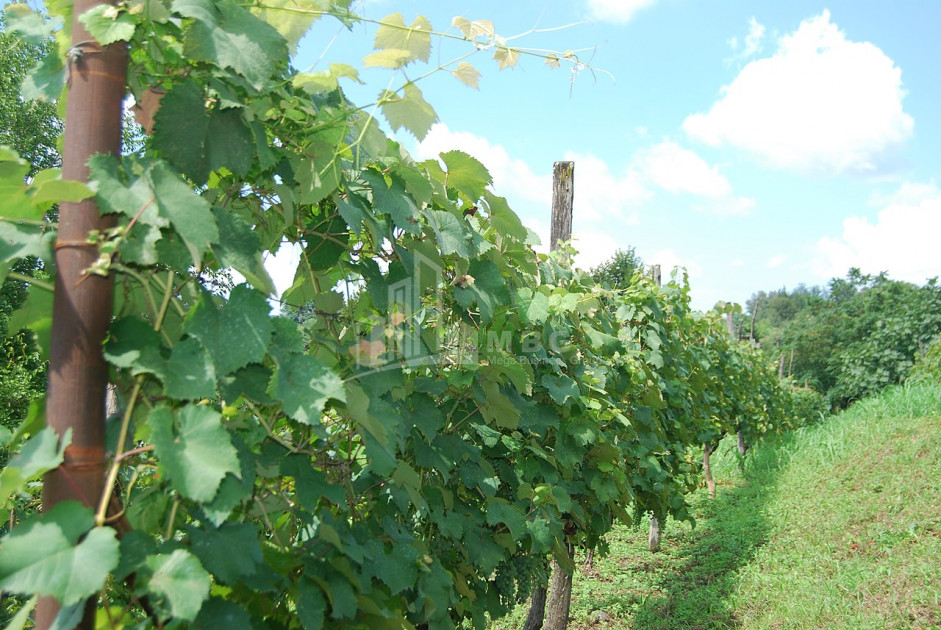
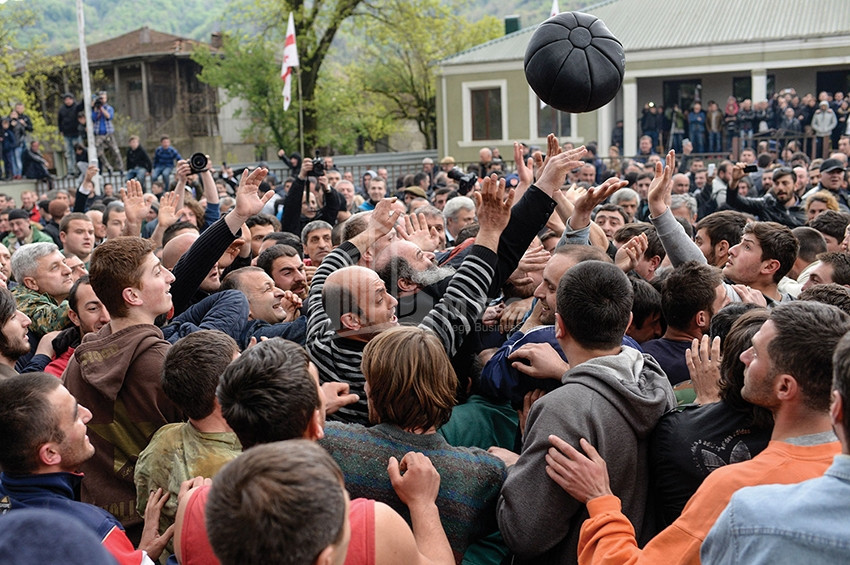


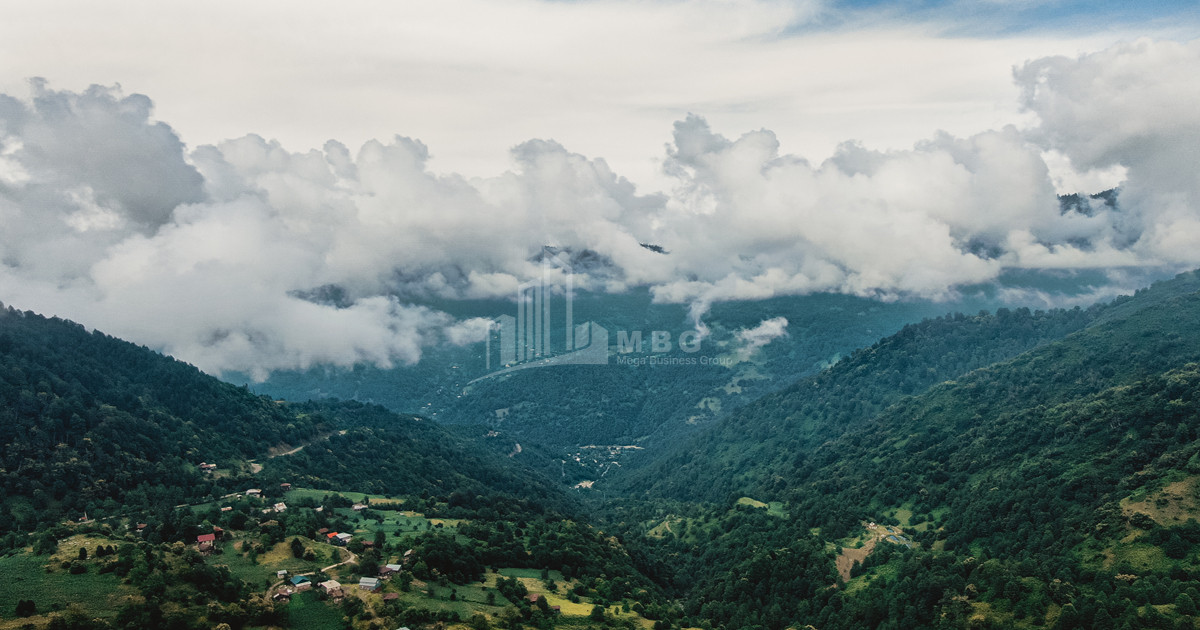

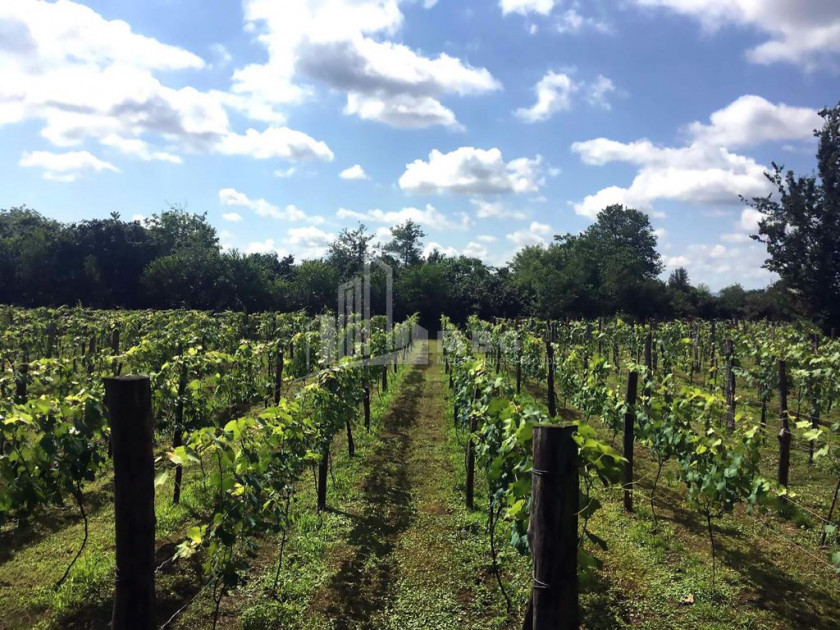
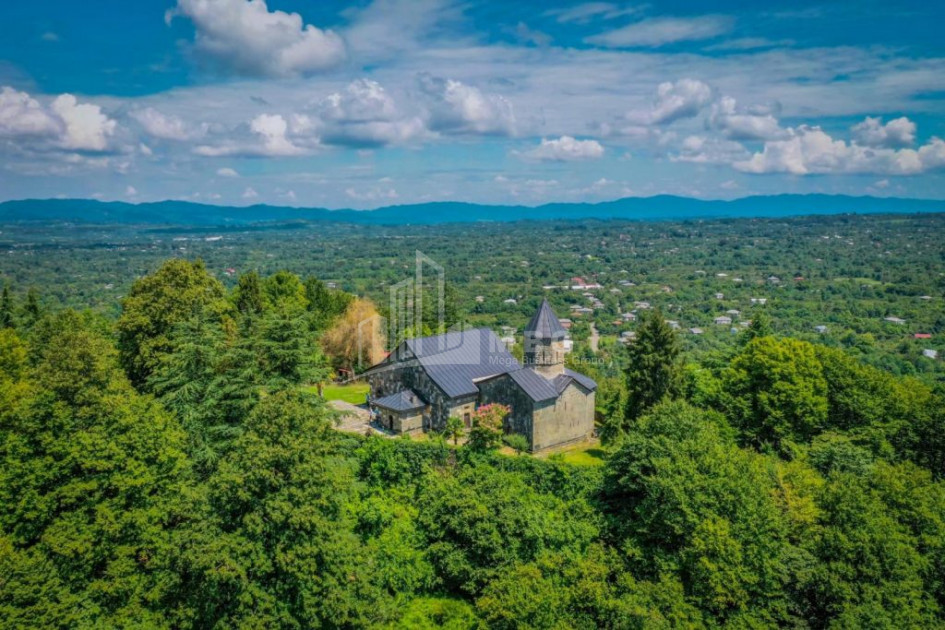

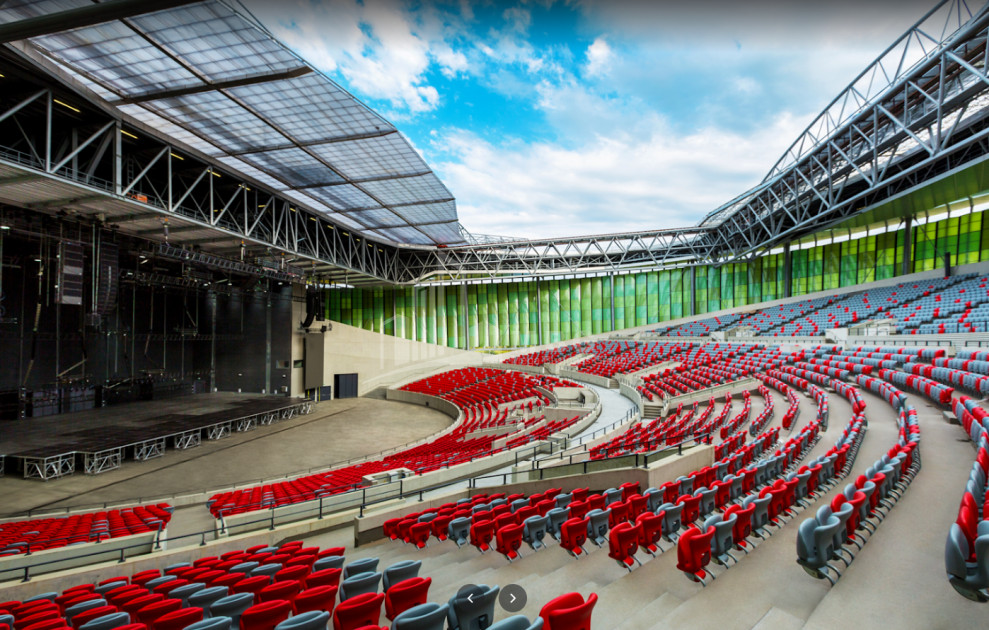



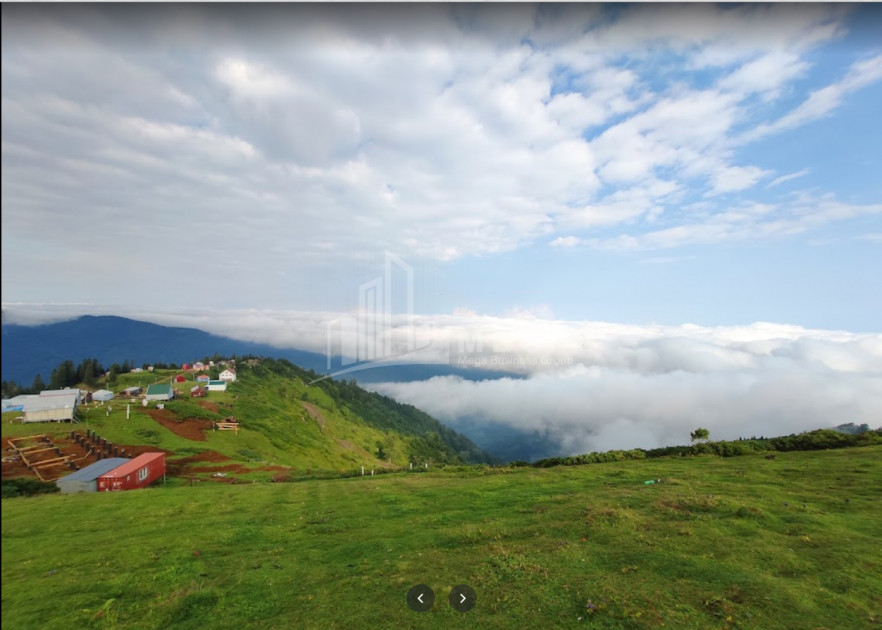


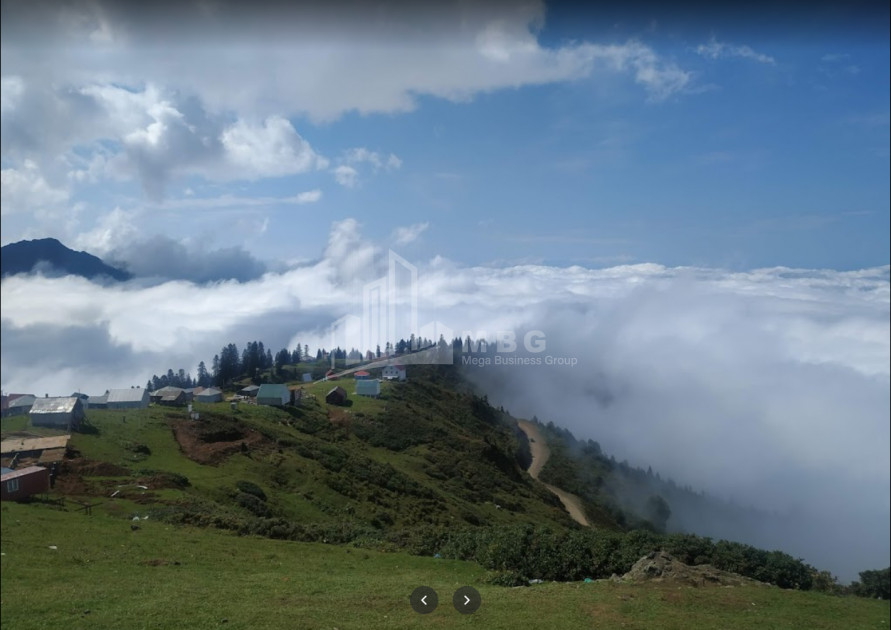
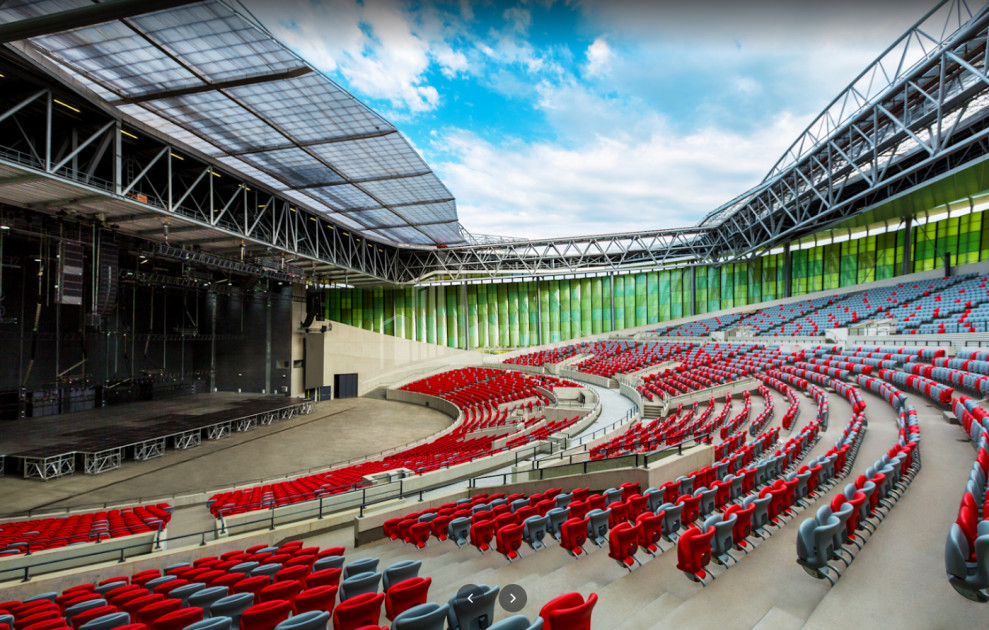

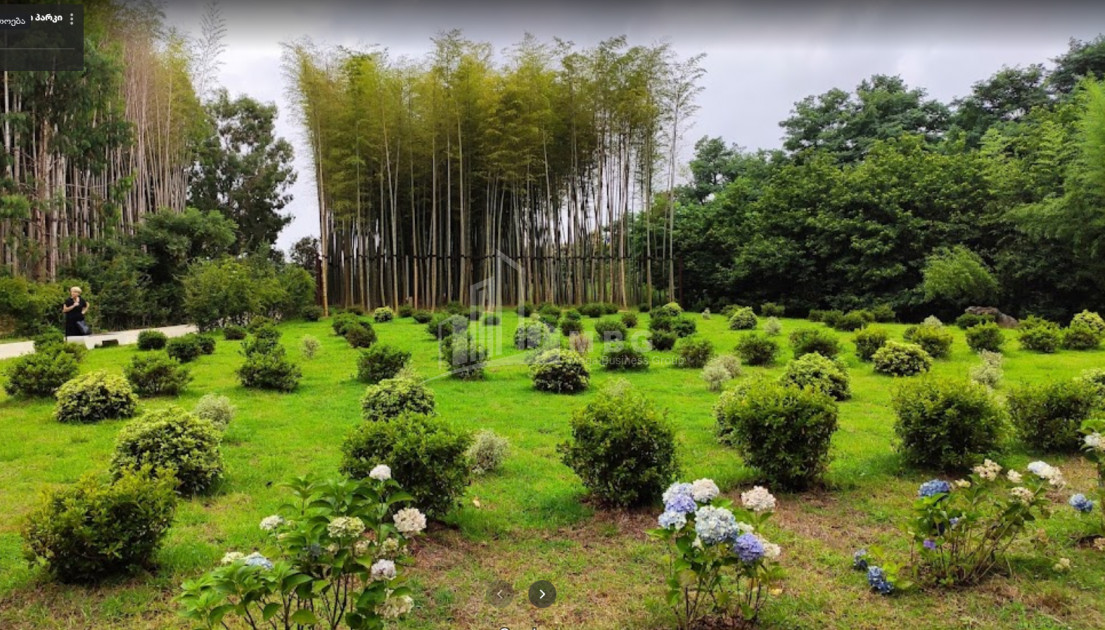










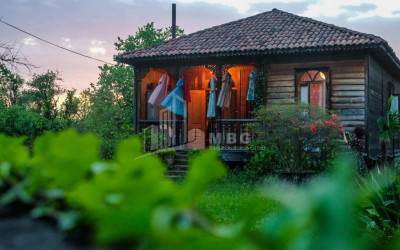
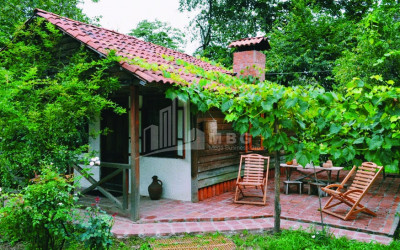
















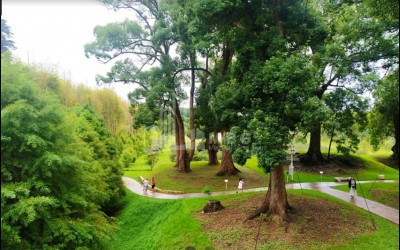
 28016
28016








 Nabeghlavi
Nabeghlavi
